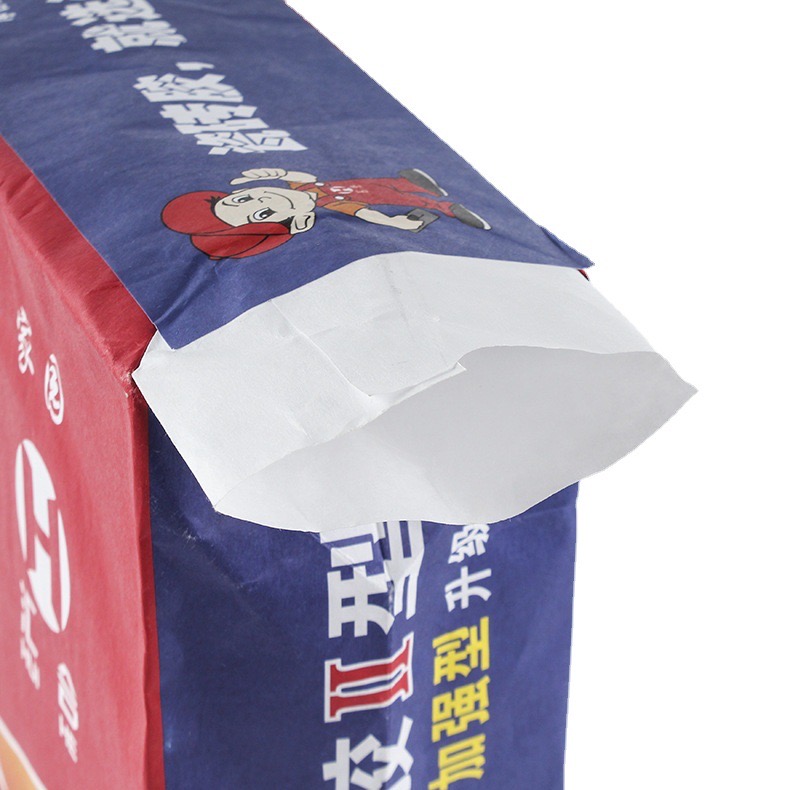
Moisture Proof Woven Bags and Waterproof Woven Bags serve pivotal roles in packaging, particularly when environmental factors like humidity and water exposure can impact product quality. Though these terms are sometimes used interchangeably, they denote distinct characteristics. This blog explores their differences, highlights functional superiority, and delves into optimal storage practices to ensure long-lasting product integrity.
Understanding Moisture Proof and Waterproof Characteristics
The distinction between Moisture Proof Woven Bags and Waterproof Woven Bags lies in their design, material composition, and usage. Moisture-proof bags prevent water vapor penetration, ensuring contents remain unaffected by humidity. Waterproof bags, however, offer complete resistance to liquid water, suitable for environments with direct exposure to water.
| Feature | Moisture Proof Woven Bags | Waterproof Woven Bags |
|---|---|---|
| Primary Purpose | Blocks water vapor and humidity | Prevents direct water penetration |
| Material Layers | Multi-layer structure with coatings or linings | Laminated or integrated waterproof membranes |
| Applications | Food grains, cement, fertilizers | Liquid products, outdoor applications |
| Flexibility | More flexible and lighter | Stiffer due to additional waterproofing layers |
| Printing Capabilities | High-resolution multi-color prints available | Limited due to lamination |
Superiority in Functionality
When comparing the two, the choice hinges on specific use cases:
- Moisture Proof PP Bags excel in scenarios requiring vapor barrier without adding unnecessary weight or rigidity.
- Waterproof Woven Bags are indispensable for applications like outdoor logistics where exposure to water is inevitable.
Example Applications
- Moisture Proof Woven Bags: Ideal for grain storage in humid climates or cement in construction, offering vapor resistance without compromising breathability.
- Waterproof Woven Bags: Suitable for transporting liquid fertilizers or hazardous chemicals, ensuring leak-proof reliability.
For more insights on Moisture Proof Woven Bags, explore this resource.
Optimal Storage Practices: Protecting Your Woven Bags
Proper storage plays a crucial role in maintaining the efficacy of Moisture Proof Woven Sacks and Waterproof Woven Bags. Below are critical considerations to maximize their lifespan and performance.
- Temperature and Humidity Control
- Maintain a consistent environment with temperature ranging between 15°C to 25°C.
- Humidity should be kept under 60% for moisture-proof and waterproof materials alike.
- Utilize dehumidifiers in areas with high ambient humidity to preserve bag integrity.
- Compression Packing for Efficient Space Utilization
- Implementing a 200MT hydraulic pressure packing system ensures compact bundles.
- Tight compression minimizes space wastage, reducing storage and transportation costs.
| Packing Method | Benefits |
|---|---|
| Compression with 200MT Press | Optimizes container space, enhances transport efficiency |
| Standard Packing | Easier to handle but consumes more space |
- Container Utilization
- Ensure packaging maximizes container volume.
- Compact stacking not only enhances efficiency but also protects bags from damage during transit.
Sustainability and Multi-Wall Woven Bags
An emerging solution that bridges moisture and waterproof functionalities is multi-wall woven bags. These innovative products combine multiple layers to achieve dual benefits:
- Outer layers provide waterproofing.
- Inner linings deliver vapor resistance, making them versatile across industries.
Final Considerations for Product Selection
The choice between Moisture Proof Woven Sacks and Waterproof Woven Bags depends on application-specific needs. Evaluate environmental conditions, product type, and handling requirements to determine the ideal solution.
To learn more about Moisture Proof PP Bags, visit this article.
Adopting these practices and understanding product functionalities ensures that your packaging remains robust, functional, and cost-effective across varying scenarios.